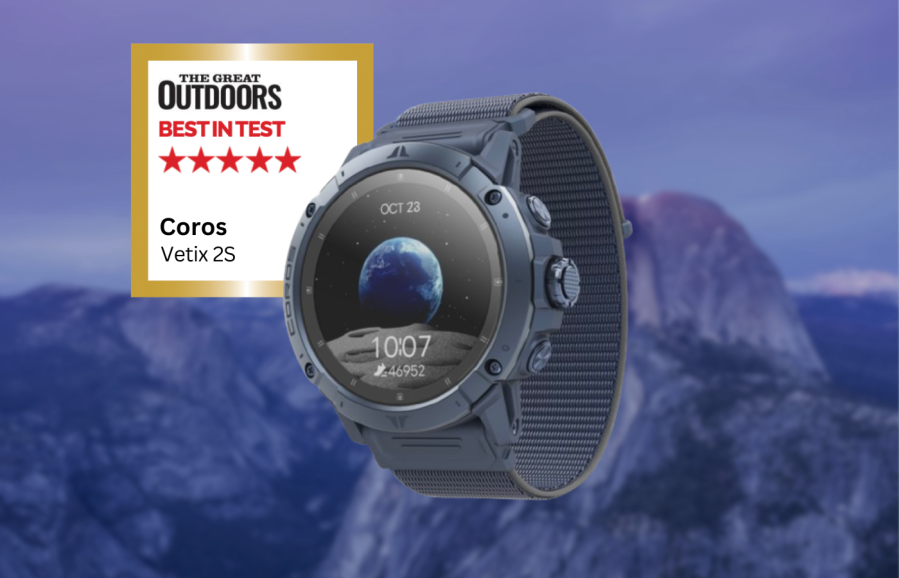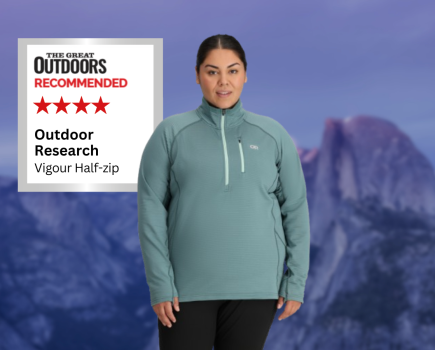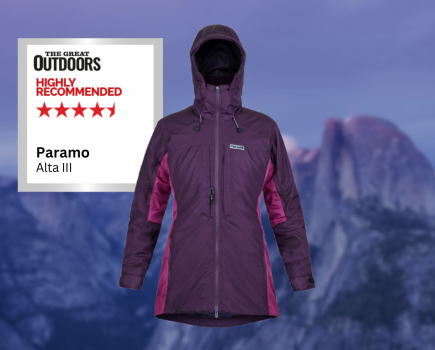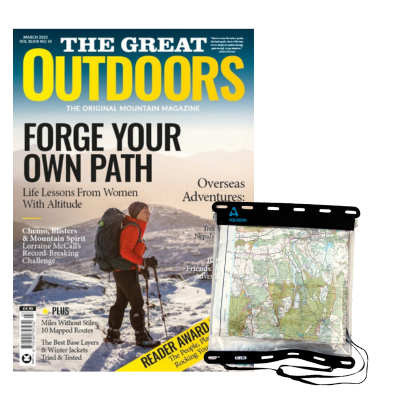Kirsty Pallas tests the Coros Vertix 2S, a solid option which has barely left her wrist on hikes, climbs, bikes, and swims.
Through a whole summer and autumn of using the Coros Vertix 2S, it’s barely come off my wrist! I’ve been really impressed with all of the functionalities of it across a variety of activities, and it’s kept me right a few times too!
Kirsty’s Best in Test 2025
While the Vertix 2S is in the higher price bracket, if you need a watch with excellent battery life, and a variety of activity functionality, then it’s a really solid option.- excellent mapping
- big buttons
- lots of activity options
- bulky case size
- elevation and grid ref not on main activity screens
| Quick specs | |
|---|---|
| Price | £599 |
| Weight | 70g with nylon strap |
| Case size | 50.3×50.3×17.6mm |
| Screen | 1.4” Transreflective Always on LCD |
| Battery life (with GPS on) | 118 hours |
| OS grid ref | Yes |
| Mapping | Yes |
| Operation | Touchscreen and buttons |
| coros.com |
As a GPS watch, the Coros Vertix 2S has so many features, but I’ll start with the actual GPS. There are three levels of GPS you can use, which affect the battery life, but you can easily switch depending on the types of activities you’re doing. The standard and all systems on are good for general navigation across the hills, but Dual Frequency is really useful if you’re planning to go up or down steep ground, whether that’s rock climbing or canyoning. It does however more than half the 118 hour use which you can get from the standard GPS tracking, bringing it down to 43 hours of use.
The mapping software and app that come with the watch are excellent, and very straightforward to use, even with little/no prior experience like myself. Being able to view the map on my wrist while navigating helped me choose paths, as there were often more paths on it than shown on OS or Harvey maps, and the contours clearly show the general shape of the land. It’s also easy to zoom in and out, but I found the 200m scale had the best overall definition. Loading planned tracks onto the watch takes no time at all, and loading them from third party apps such as OS maps is very simple.
This summer, I used the Coros Vertix 2S on an eight day bikepacking trip, having loaded all of our tracks beforehand, which really helped with our navigation on the move, and the watch only needed to be charged once in the middle of the trip after several big days. There’s an optional deviate alert to help you keep on track but if you’ve been a bit general with your planning, it does go off a lot, so I ended up turning it off! I think it would work really well if you have a specific GPX track for either a hill day or a race.
The main navigational drawback for me is that when you are tracking an activity, your current elevation isn’t on data pages that you cycle through, and you have to head to the compass section to find it. It’s not too faffy, but it would’ve been nice to have it directly to hand.
The compass section is also where you find your grid reference, but you need to change your settings to display the British grid. It doesn’t show the two letter prefix, and instead shows these as numbers, so make sure you’re happy with how to read it first, as it could be easy to get it wrong!
My only other slight annoyance with the Coros Vertix 2S is that the map doesn’t automatically come up as a data page when tracking an activity, but again it is easy enough to add it, it just needs to be done every time.
The Vertix 2S is a step up from Coros’s other watches in battery life, but also the range of activities it can accurately track, with a clever climbing option. With the dual frequency GPS, it accurately tracks on the vertical as well as horizontal, and if you’re mountaineering then you can choose to track 3D distance instead of on the flat. There’s also bouldering and a variety of ski/snowboard activities, so whatever you’re doing, you can have a specific tracking option with different data available.
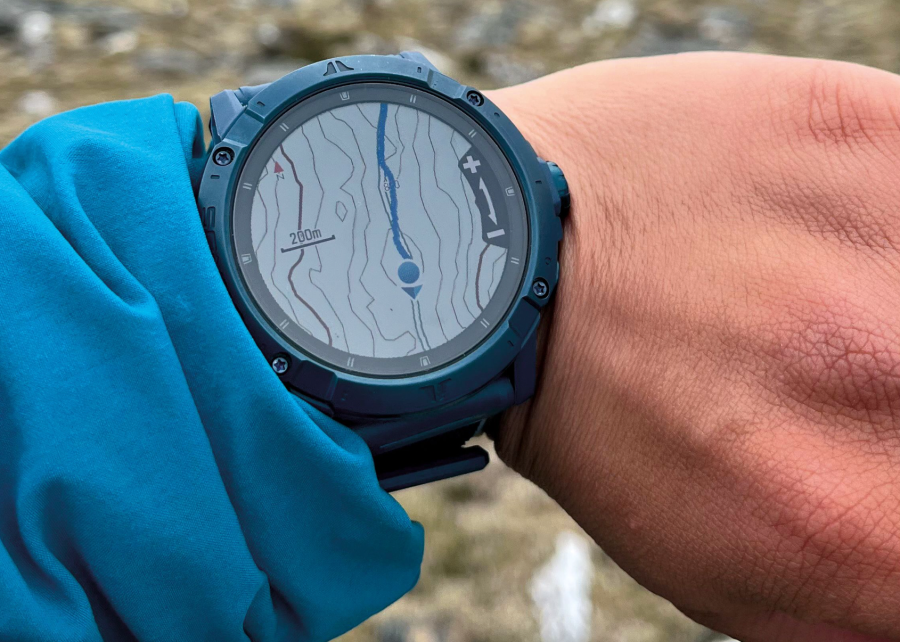
In terms of actual practical use, it has three chunky buttons and a dial, which are big enough to use with thick gloves on. It’s also a touchscreen, but you can do almost everything with the buttons, other than moving the map around the screen to see more or a different section.
I used it with the nylon strap, which allowed me to get a snug fit and stop it moving around, but was still comfortable to wear and not too sweaty. The case size is large, and it took me a few days to get used to it, but I don’t notice it now. The only issue I have with a smaller wrist is that sometimes when I’m pushing down while climbing or scrambling, the back of my hand pushes the middle button which pauses the tracking, but it beeps and vibrates so I know it’s happened and can restart it.
With lots of use on rocky ground and on bikes, I’ve only managed to put one scratch on it, so it’s extremely durable!
It also can measure a whole load of body metrics, including sleep and HRV, offer workouts, fitness tests, and show your overall training efforts. It syncs with multiple third party apps, and connects to your phone for notifications, although these don’t show up while you’re tracking an activity.
While the Vertix 2S is in the higher price bracket, if you need a watch with excellent battery life, and a variety of activity functionality, then it’s a really solid option.
Testing Notes
Kirsty took this watch hillwalking, mountaineering, rock climbing, biking, and swimming all across Scotland, both within her job and her personal days out. She has a small wrist diameter, so a bigger case size is more noticeable. Weights are taken from Kirsty’s own scales. To compare other options, check out our guide to the best GPS watches for hillwalking.
This review was first published in the March 2025 issue of The Great Outdoors.

